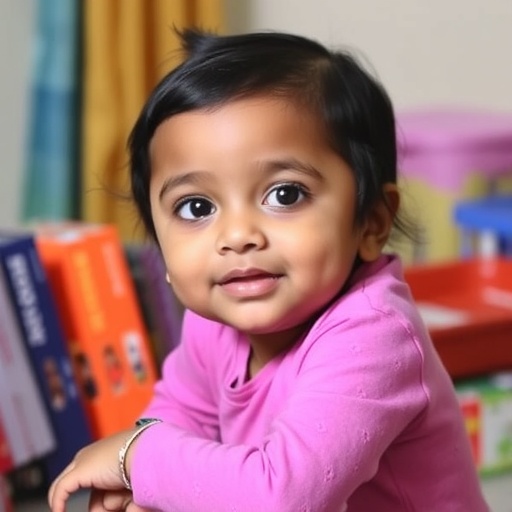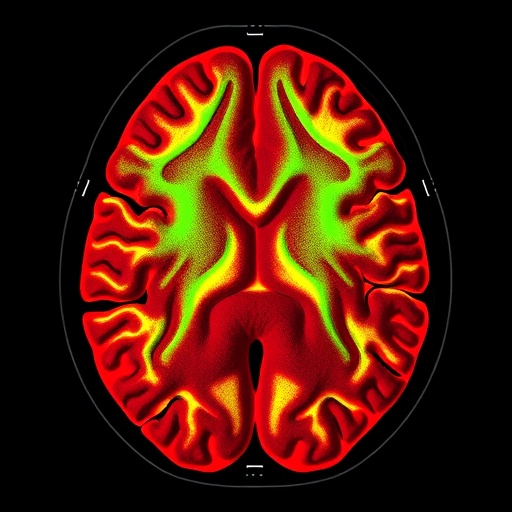In a groundbreaking study that delves into the critical area of communication for individuals with nonverbal autism spectrum disorder (ASD), a team of researchers from India reveals insightful perspectives from speech-language pathologists. As the global understanding of autism expands, this research sheds light on the specific challenges faced by nonverbal individuals and highlights innovative strategies involving augmentative and alternative communication (AAC) systems. The crux of this research underscores the unique roles that speech-language pathologists (SLPs) play in navigating these intricate communication landscapes and promoting effective interventions.
The study focuses on the implementation of AAC systems, which serve as vital tools for individuals who struggle to express themselves verbally. These systems range from low-tech options, such as picture exchange communication systems, to high-tech devices equipped with speech-generating technologies. The research emphasizes that SLPs are pivotal in customizing and adapting these systems to meet the unique needs of each individual, thereby facilitating more effective communication within varied contexts.
One of the key findings of this study is the recognition of the vital role that family involvement plays in achieving successful communication outcomes. The perspectives of SLPs highlighted the necessity for training family members on how to use AAC systems effectively. This training not only empowers families but also creates an environment where individuals with nonverbal ASD can communicate their needs, preferences, and emotions more fluently. As such, family engagement becomes integral to the implementation process.
Additionally, the research sheds light on the barriers encountered by SLPs in the implementation of AAC systems. Challenges such as limited awareness of AAC among families and the stigma surrounding nonverbal autism often hinder progress. The study advocates for greater advocacy and education to raise awareness of the benefits of AAC systems, thereby reducing misconceptions and fostering a more inclusive environment. By addressing these barriers, SLPs can work towards ensuring that individuals with nonverbal ASD are given every opportunity to communicate effectively.
SLPs also reported the need for ongoing professional development to stay updated on the latest AAC technologies and methodologies. The fast-paced evolution of technology necessitates that SLPs engage in continuous learning to ensure they are equipped with the most effective tools and strategies for supporting individuals with nonverbal ASD. This commitment to professional growth ultimately translates into improved communication strategies for those who rely on AAC systems.
Moreover, the study explored the ethical considerations surrounding the use of AAC systems. SLPs articulated the importance of respecting the autonomy of individuals with nonverbal ASD in choosing their preferred communication methods. This respect for individuality must be at the forefront when designing and implementing AAC systems. Upholding an individual’s right to communicate in ways that feel most authentic to them is essential for fostering self-expression and improving overall quality of life.
As technology continues to advance, the future prospects for AAC systems appear promising. Researchers indicated that ongoing advancements, such as artificial intelligence and machine learning, can significantly enhance how these systems function and interact with users. There is potential for the development of more intuitive interfaces that can adapt to the communication patterns of individuals over time, thereby providing a more customized and effective means of communication.
Furthermore, the study highlighted the significance of community-based approaches in supporting individuals with nonverbal ASD. SLPs advocated for integrated support systems that encompass various stakeholders, including educators, therapists, and community organizations. Such collaborative efforts could lead to more cohesive strategies that address the multifaceted needs of individuals with ASD, promoting inclusivity and ensuring that their voices are heard across all areas of life.
The economic aspect of AAC systems also emerged as a focus of discussion among SLPs. Accessibility remains a critical issue, as many high-tech AAC devices can be prohibitively expensive. Research calls for policies that support funding and resources for families to access these essential communication tools. By advocating for better funding and support initiatives, SLPs can ensure that all individuals with nonverbal ASD have access to the necessary communication resources.
The implementation of AAC systems in schools also posed an interesting area of exploration. SLPs observed that many educational institutions lack the necessary infrastructure and training to effectively support students using AAC devices. Emphasizing the need for inclusive educational practices that recognize the communication abilities of all students, the study argues for the integration of AAC training in teacher education programs. This would better prepare educators to support diverse learners and respond to the unique communication needs of their students.
Finally, the research calls for a shift in societal attitudes towards individuals with nonverbal ASD. By promoting greater understanding and acceptance of different communication methods, society can cultivate an environment that nurtures the unique abilities of individuals with autism. Through education and awareness campaigns, there can be a significant change in perception that equips individuals with nonverbal ASD, allowing them to contribute to society in meaningful ways.
In conclusion, this study provides a profound commentary on the experiences of SLPs in India regarding AAC systems for individuals with nonverbal autism. By highlighting the essential elements of family involvement, ongoing professional development, ethical considerations, and community collaboration, the research offers a comprehensive overview of the current state and future potential of AAC systems. As the world works towards inclusivity and accessibility, the insights of these speech-language pathologists serve as a guiding light in the quest to empower individuals with nonverbal autism to communicate and engage fully within society.
Subject of Research: Perspectives of Indian Speech-Language Pathologists on Implementing Augmentative and Alternative Communication Systems for Individuals with Nonverbal Autism Spectrum Disorder
Article Title: Perspectives of Indian Speech-Language Pathologists on Implementing Augmentative and Alternative Communication Systems for Individuals with Nonverbal Autism Spectrum Disorder
Article References:
Maingi, B., Akkunje, P.S. & Karuppali, S. Perspectives of Indian Speech-Language Pathologists on Implementing Augmentative and Alternative Communication Systems for Individuals with Nonverbal Autism Spectrum Disorder.
J Autism Dev Disord (2025). https://doi.org/10.1007/s10803-025-06990-x
Image Credits: AI Generated
DOI: 10.1007/s10803-025-06990-x
Keywords: Autism Spectrum Disorder, Nonverbal Communication, Augmentative and Alternative Communication, Speech-Language Pathology, Communication Systems, Accessibility, Community Support.
Tags: augmentative and alternative communication systemschallenges in nonverbal communicationcommunication strategies for autismcustomizing AAC for individualseffective communication for nonverbal individualsfamily involvement in AAChigh-tech speech-generating devicesIndian speech-language pathologistslow-tech communication toolsnonverbal autism spectrum disorderSLPs role in autism interventionstraining families on AAC usage





